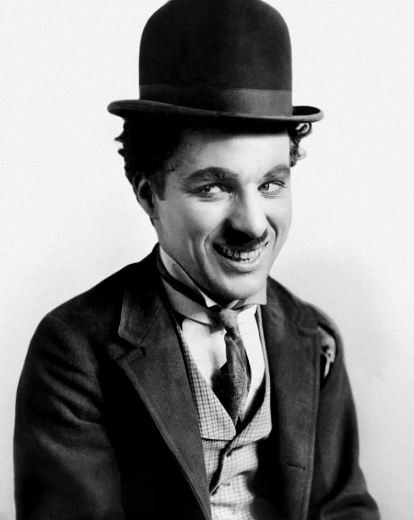Charlie Chaplin is best known for the tragicomic character he played in the movie entitled The Little Tramp. Aside from that, he is also considered to be the man who revolutionized cinema both during the silent and the talkies era. His films, such as The Gold Rush, The Great Dictator, Modern Times, and The Kid, are still critical cinematic works. Chaplin’s producing, writing, acting, scoring, and directing talents received as much attention as his controversial personal life. This is because Chaplin is known for marrying teenage women, and he is a father of 11 children. Aside from this, his political views even got him banned in America for good. In this article, we are going to learn more about the life and work of the iconic Charlie Chaplin.
Charlie Chaplin co-founded a big-time movie studio
Back in 1919, Charlie Chaplin and his fellow filmmakers Mary Pickford, Douglas Griffith, and D.W Griffith founded United Artists as a way to finance and produce their own movies so that they could let their creative imaginations run free and make movies in different genres. The first film that they ever make was entitled His Majesty, the American, which was released in 1919. The studio became successful, and it eventually branched out to a chain of movie theaters. However, in 1955, movie attendance was low, and Chaplin decided to sell his shares.
Charlie Chaplin made the music for most of his films
Since his 1931 film entitled City Lights, Charlie Chaplin composed most of the musical scores for his movies’ soundtracks. Probably one of his most successful songs is Smile which is used in the film entitled Modern Times.
Charlie Chaplin is known to be a perfectionist
According to reports, Charlie Chaplin did everything himself because he wanted it to be as perfect as possible. In fact, he shot 40,000 feet of film on his short film entitled The Immigrant. This is considered to be a lot of film for a 20-minute short. In his movie entitled City Lights, he cast Virginia Cherrill to say “Flower, sir,” and he forced her to repeat those words for 342 takes.
Charlie Chaplin was involved in a scandalous and groundbreaking paternity suit
Chaplin allegedly had an affair with actress Joan Berry back in the 1940s. At one point, Chaplin invited Berry to be with him from Los Angeles to New York City. While the two were in New York, Berry said that Chaplin made her available to other men for immoral purposes.
Joan Berry gave birth to a daughter in 1943, and she claimed that Chaplin was the father, an accusation the latter adamantly denied. The blood test confirmed that Chaplin was not the baby’s father, but the jury concluded otherwise. This suit ruined Chaplin’s reputation and forced him to pay for child support.
Charlie Chaplin once became richer than the United States president
Back in 1916, the salary of the U.S president was $75,000 a year. Back then, Charlie Chaplin signed a contract with Mutual Film Corporation of New York, which stated that he would earn at least $670,000 every year.
Charlie Chaplin was banned from entering the United States of America
His film entitled Modern Times earned him a reputation as a communist sympathizer. This is why in 1952, the United States government revoked his permit and banned him from returning to the country after his holiday in England. This is why Chaplin was forced to move to Switzerland, where he spent the rest of his life. He only returned to the United States when he accepted his honorary Oscar in 1972.
Charlie Chaplin’s casket was stolen
Charlie Chaplin died in 1977 at eighty-eight years old. A year after his death, two men decided to dig up his grave and steal his coffin in an effort to extort money from his widow. The robbers were eventually caught, and authorities found Chaplin’s body still in the casket. His remains were put back and secured with concrete to ensure no such incident will ever happen again.
His house in Switzerland is now a museum
In 2016, Charlie Chaplin’s former home in Switzerland became a museum named Chaplin’s world. During its first year, the museum had over 300,000 visitors.

